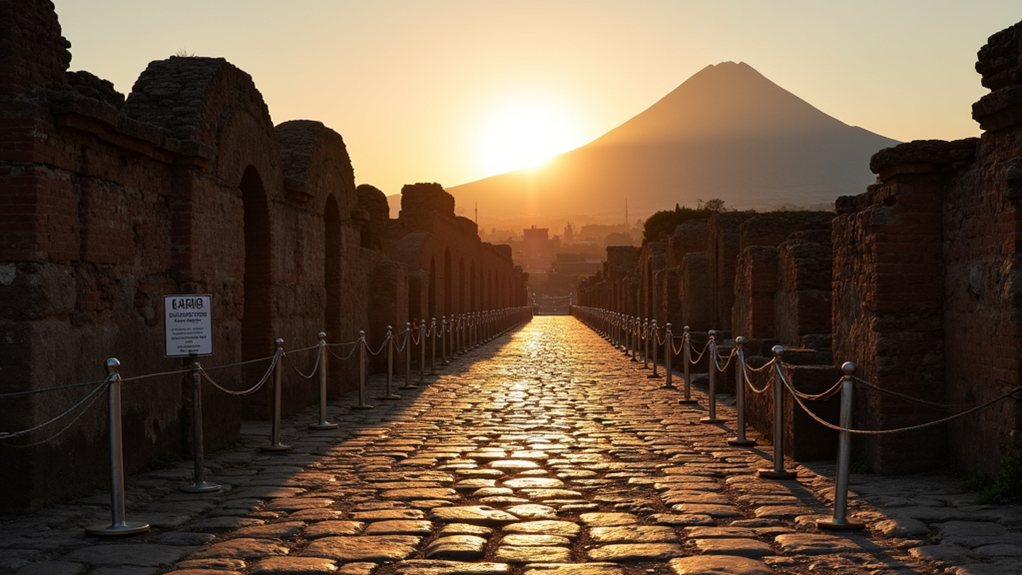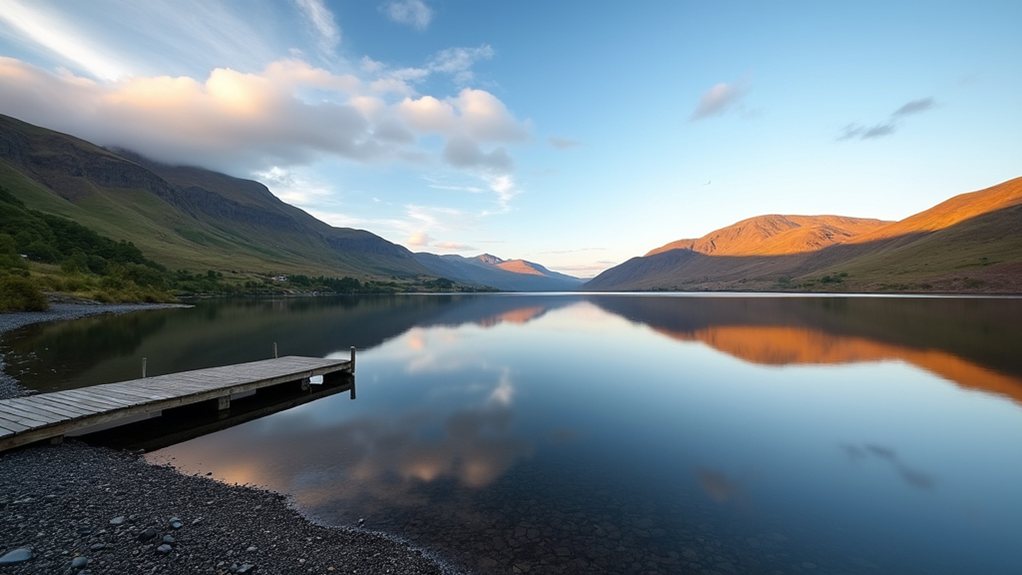Most visitors don’t realize that the ancient city of Pompeii, with its 2,000-year-old streets and frescoes, welcomes over 4 million tourists annually—a number that’s been steadily eroding its delicate ruins. The new 20,000 daily visitor cap represents Italy’s growing recognition that “turismo di massa,” or mass tourism, threatens the very attractions people travel to see. What happens when preservation collides with the public’s right to experience history personally? The answer may reshape how we interact with our most precious archaeological treasures.
Preserving Pompeii: New Visitor Limits Protect Ancient Ruins

Why are tourists at Italy’s most famous archaeological site now facing stricter entry rules? Since November 15, 2024, Pompeii‘s administrators have implemented a daily cap of 20,000 visitors, marking a significant shift from the days when over 36,000 people would crowd the ancient streets in a single day.
This isn’t some arbitrary restriction but rather a calculated move to preserve the fragile remnants of this once-thriving Roman city, frozen in time by Mount Vesuvius’s catastrophic eruption in 79 CE.
The city that lay dormant under volcanic ash for centuries, only to be rediscovered in the late 16th century, now faces a modern threat: us. With over 4 million visitors trampling through its delicate ruins annually, Pompeii’s ancient stones, frescoes, and mosaics are literally being loved to death.
The new system requires personalized tickets bearing visitors’ full names and specific time slots, creating a more orderly flow through the archaeological park.
Tourists seeking freedom might bristle at these constraints, but there’s an unexpected silver lining. With fewer people jostling for the perfect photo of plaster casts or peristyle gardens, the experience becomes more immersive and authentic.
The restrictions create breathing room to imagine life as it once was in this bustling port town, rather than experiencing it as just another overcrowded tourist trap.
The “Greater Pompeii” project offers an elegant solution for history buffs craving more Roman wonders without the crowds. Free Artebus shuttles now transport visitors to nearby archaeological gems like Stabiae and Boscoreale, distributing tourism pressure while revealing lesser-known treasures of ancient Campania.
Experts recommend considering off-season travel for those hoping to experience the ruins with fewer restrictions and smaller crowds. This approach mirrors successful preservation efforts at natural wonders like Florida’s crystal-clear waters at Wakulla Springs, where controlled access helps maintain ecological balance.
This visitor cap represents a philosophical shift in Italian tourism management—quality over quantity, sustainability over short-term profits. Despite growing visitor numbers, statistics show average daily visits of 16,700 in May 2024, suggesting the cap will only affect peak days.
Similar measures have already transformed the visitor experience in Venice, another Italian site grappling with overtourism. Director Gabriel Zuchtriegel has emphasized that these measures are essential for promoting sustainable tourism at the historic site. Rather than watching Pompeii vanish under the weight of its own popularity, these measures aim to guarantee that future generations can still walk in the footsteps of ancient Romans.










